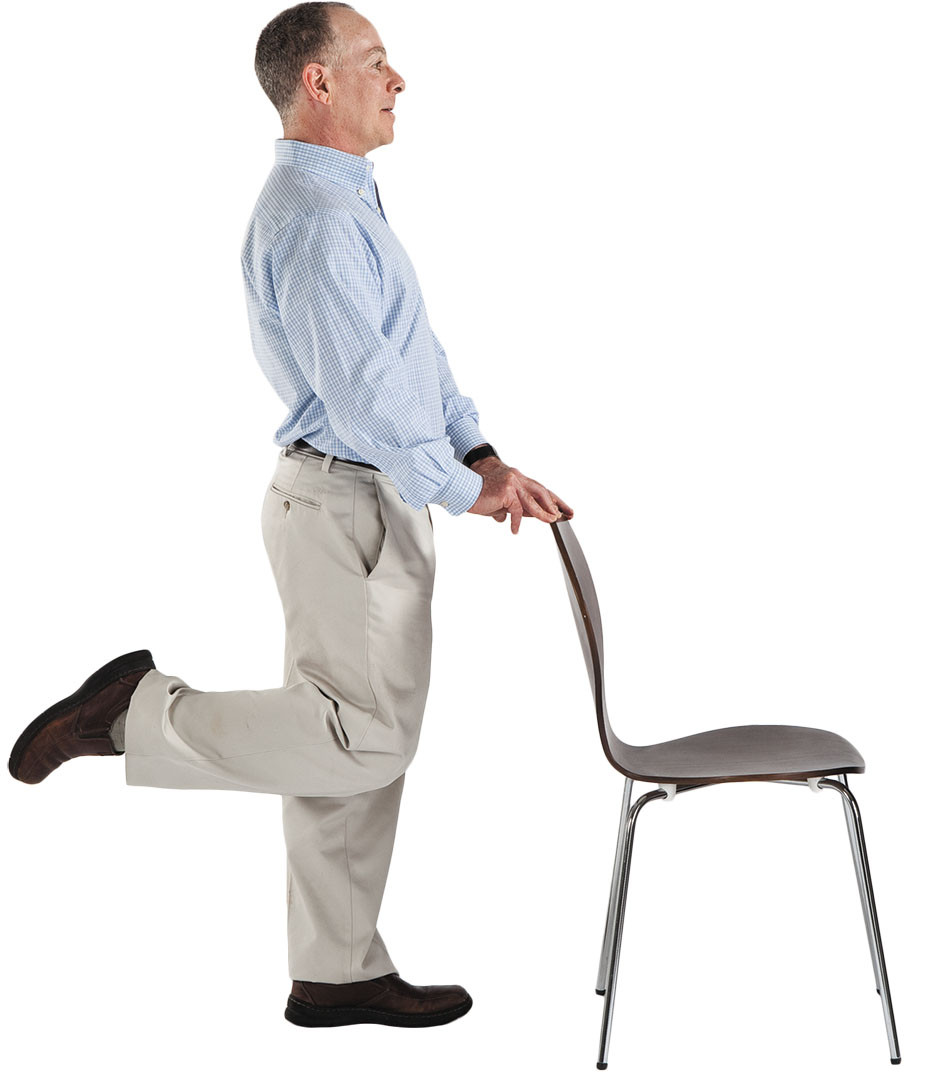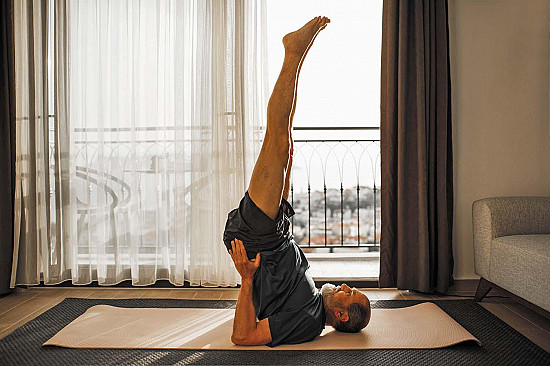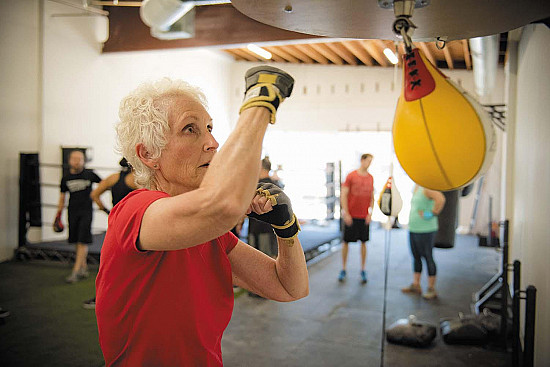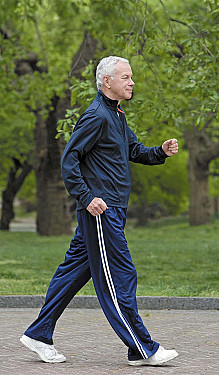Are your hamstrings working double duty?
Weak gluteal muscles can overload the muscles in the backs of your thighs.

Image: © izusek/Getty Images
The hamstrings are the unsung heroes of the upper legs. The three muscles in the back of each thigh enable you to bend your knees and pull your legs back as you walk. They also assist the gluteal muscles (or "glutes") in the buttocks — the powerhouses that propel your body forward when you get up from a chair, bound across a room, or climb stairs. The glutes also help you come to a stop from a run or walk and lower your body to sit down or squat.
But weak gluteal muscles wind up overburdening the hamstrings. "When the glutes are weak, which is common in the age of sitting too much, the hamstrings are continually overworked and overloaded," says Matt Natanson, a physical therapist with Harvard-affiliated Brigham and Women's Hospital.
Sitting down on the job
Sitting for long periods weakens the glutes in two ways. One is inactivity: the glutes need to move to stay healthy.
The other is a chain reaction caused by sitting too much: the hip flexor muscles in the front of each hip contract and tighten, and tell the nerves to inhibit or turn off the muscles that provide the opposite motion — the glutes. This phenomenon is called altered reciprocal inhibition.
Weak glutes then force the hamstrings to pick up the slack and do more of the glutes' job. But hamstrings also become tight from too much sitting.
Overworked hamstrings
When tight hamstrings are forced to work overtime, they're at risk for injury. "They're strained easily, especially if there's a sudden burst of energy — if you have to run after your dog or run across the street at a crosswalk to beat a stoplight," Natanson explains.
A muscle strain is the stretching or tearing of muscle fibers. Strains range from mild (the tearing of some fibers) to severe (a tear that rips all the way through the muscle fibers, and sounds like a pop when it occurs). Strained hamstrings can leave you sidelined with pain and may even require surgery.
Aim for teamwork
The best way to protect your hamstrings is to keep all of your leg muscles healthy and working together, including the glutes and the quadriceps (the muscle group at the front of each thigh).
Natanson recommends getting an evaluation from a physical therapist who can assess your muscles and joint health and develop a workout program tailored to your needs. "We look for balance. We examine the joints where the hamstrings attach — the knee and hip — and we look at the lower back and ankle, to see if things are moving as they should. If there's stiffness in one area, you may be taxing another."
Marching orders
A hamstring strengthening program involves two approaches: targeting a single muscle group and targeting several muscles at the same time. An example of an exercise for a single muscle group is a hamstring curl (see "Move of the month").
An example of an exercise that works the glutes and hamstrings at the same time is a bridge. To do it, lie on your back with your knees bent and feet flat on the floor, lift up your buttocks, hold the position for a few seconds, then lower your buttocks to the floor and repeat the exercise.
And another example: "Place a lightweight exercise band above your knees or ankles and take steps sideways, backward, or forward to engage the hamstrings, glutes, and quads," Natanson explains. Do this exercise only with supervision and arm support nearby, since it may cause you to fall.
After strengthening the muscles, remember to stretch them, to keep them long and flexible. For more information, check out the Harvard Special Health Report Stretching: 35 exercises to improve flexibility and reduce pain (/str).
Move of the month: Curl
Movement: Extend your right leg behind you. Bend your knee and lift your heel toward your right buttock. Slowly lower your foot. Repeat 10 times, then switch legs for another 10 repetitions. |
The payoff
Natanson says it may take a few months of daily strengthening and stretching to get your upper legs healthy again, and then a maintenance program of leg workouts a few times per week. He also advises taking breaks from long periods of sitting. "And if your muscles are healthy," he says, "your hamstrings won't tighten up so much."
Disclaimer:
As a service to our readers, Harvard Health Publishing provides access to our library of archived content. Please note the date of last review or update on all articles.
No content on this site, regardless of date, should ever be used as a substitute for direct medical advice from your doctor or other qualified clinician.
















